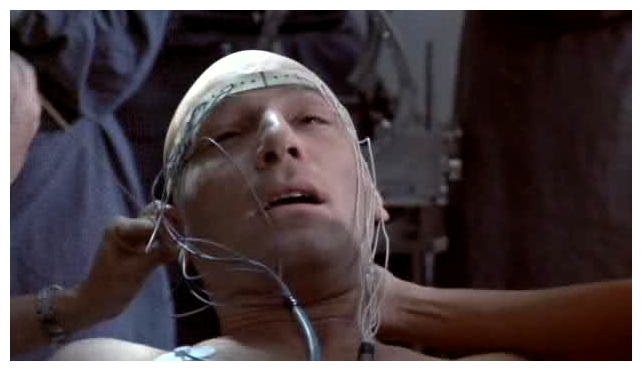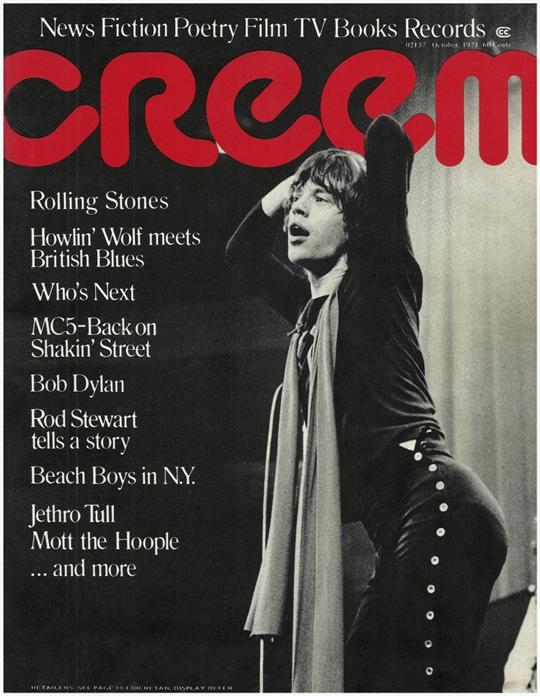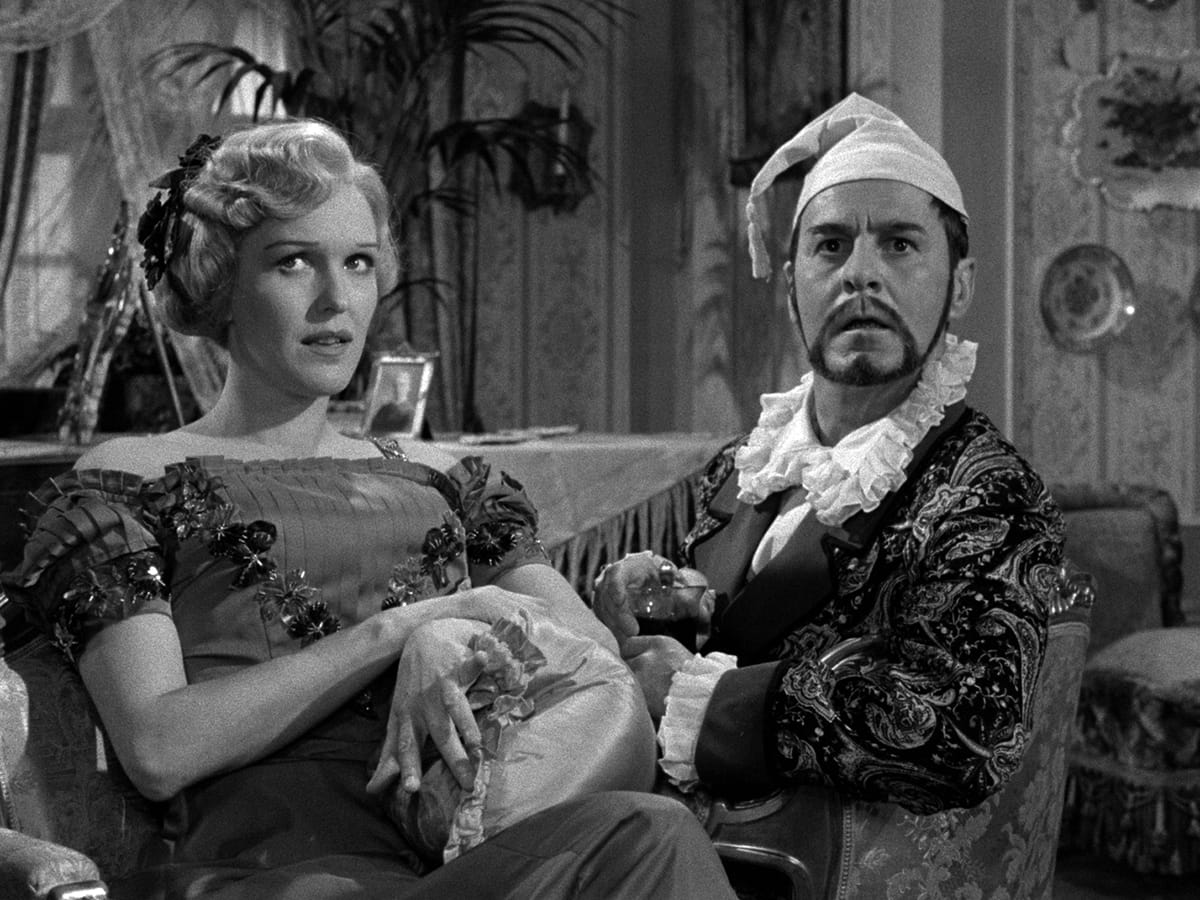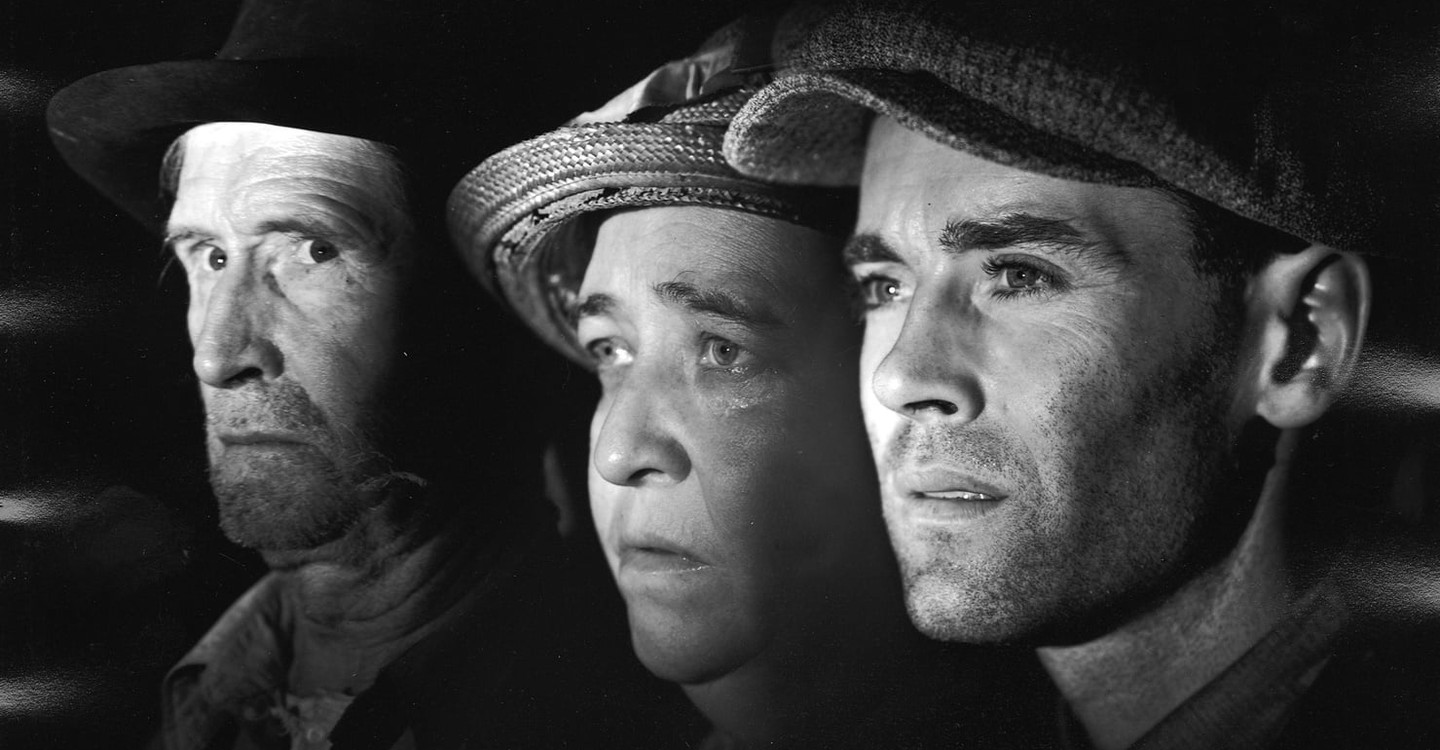
Here’s a lament I’ve been hearing more often than not: “I can’t find anything new and exciting to watch on “_____” (insert the digital streaming platform that you have developed a deep and abiding love/hate relationship with during the pandemic).
Buck up, little camper…there are so many new and exciting things you can watch over the next several weeks (in the comfort of your living room) it will make your head spin.
At the risk of having my critic’s license revoked, I confess in front of God and all 6 of my readers that I have only seen 3 of this year’s 8 Best Picture nominees. Then again, the Academy and I rarely see eye-to-eye. Apparently, I’m not alone these days:
When this year’s Oscars best picture envelope is opened, viewers might not be on the edge of their seat to see if “Nomadland,” “Mank” or “Promising Young Woman” — or another contender — is named. Instead, they might be scratching their heads. Although the pandemic has left households paying for more streaming services than ever, the majority of the best picture nominees at the Oscars are unknown to entertainment consumers.
Over the years, this has been a recurring problem for the Oscars, which is one reason why, in 2010, the Academy expanded the best picture race to up to 10 nominees to allow for more populist titles to enter the mix. But this year’s lack of awareness comes with a perplexing twist. Since the pandemic has shut down most movie theaters, the majority of the best picture Oscar contenders — including “Sound of Metal,” “The Trial of the Chicago 7” and “Minari” — are currently available to rent or stream on Netflix, Amazon and other platforms. […]
Beyond the lack of consumer awareness, there are other hurdles for the Oscar telecast this year, including a mandate that nominees must show up in person, causing concern among executives, publicists and talent who are still cautious about the pandemic. Despite the challenges, this year’s nominees are the most diverse class ever, with 70 women receiving a total of 76 nominations, and nine of the 20 acting nominations going to people of color.
(via Variety)
Here’s hoping the industry sorts itself out. I am happy to report that I have seen the Oscar nominees for Best Short Film-Animation and Best Short Film-Live Action. And as of this weekend, you can catch them via Shorts TV’s presentation of the Live Action, Animation and Documentary Oscar Nominated Short Film Category nominees (in theaters and virtual). From their press release:
The program will be available in over 200 screens across 50+ theatrical markets including New York and Los Angeles and due to theaters being directly affected by the COVID-19 pandemic, through virtual cinematic releases with a portion of proceeds benefiting the local theaters that are unable to be open during the release. This is the only opportunity for audiences to watch the short film nominees in theaters before the Academy Awards ceremony on Sunday, April 25, 2021.
I would advise parents that the animated program is a mixed bag that includes several selections that are not suitable for young children. I have not had time to preview the documentaries, but here are my reviews of this year’s Live Action nominees:

Feeling Through **** (USA, 19 mins) – This beautifully acted “after hours” piece concerns a troubled NYC teenager (Steven Prescod) looking for a place to sleep after staying out late partying with his buds. He encounters a deaf-blind man (Robert Tarango) standing on a deserted street holding up a sign asking for help. Hesitant at first, the teen agrees to help the man get to a bus stop. As the evening progresses the pair develop an unexpectedly deep bond. A moving treatise on empathy and compassion. Written and directed by Doug Roland.

The Letter Room **½ (USA, 33 mins) – Oscar Isaac (Inside Llewyn Davis, Ex Machina) stars in this character study about a lonely prison guard who is transferred to the “communications” division of the facility, where he screens inmate mail. Despite being told by his supervisor to skim for red flags and not dwell on personal details, the guard becomes fixated on one woman’s deeply passionate letters to her boyfriend who sits on Death Row yet never writes in return. The premise is interesting, and the acting is fine, but the film meanders and has a weak ending. Written and directed by Elvira Lind.

The Present ***½ (Palestine, 25 mins) – The premise is simple: As a surprise gift for his wife on their anniversary, a man goes shopping for a new fridge with his adorable young daughter in tow. If this were a sitcom, my next line would be “unexpected hi-jinks ensue” …but as the man and his daughter are Palestinians living in the West Bank, they must navigate heavily guarded checkpoints, segregated roads and moody, unpredictable soldiers who essentially treat them like suspected terrorists at every turn. And as writer-director Farah Nabulsi deftly illustrates in her affecting allegory, there is nothing funny about the seemingly unsolvable impasse in the region.

Two Distant Strangers ***½ (USA, 29 mins) – A cartoonist (Joey Bada$$) hooks up with a beautiful woman (Zaria Simone). In the morning, he awakens and heads for his own apartment to tend to his dog but is asphyxiated while being restrained by a racist cop (Andrew Howard) who has wrongly accused him of theft. Not a spoiler…because he reawakens in the woman’s apartment, sets off as before and ends up getting killed again in a slightly different scenario…but by the same cop. The cycle repeats, over and over. Will he ever make it home? Co-directors Travon Free and Martin Desmond Roe’s riff on Groundhog Day is an obvious allusion to the impetus behind the Black Lives Matter movement (reinforced by a heartbreaking roll call in the credits).

White Eye *** Israel, 20 mins) – Writer-director Tomar Shushan’s drama centers on an Israeli man who espies his recently stolen bicycle one evening, locked up outside of a meat processing plant. He calls the police, who tell him that unless he can provide proof of ownership, like a purchase receipt (he can’t), they are not authorized to cut the lock. They suggest he wait around and see if “the thief” shows up, then call them back. The man finds out that the bike belongs to an employee at the plant, an Eritrean immigrant who insists he bought the bike fair and square (although he cannot produce a receipt either). A well-constructed Solomon-like parable about judgement and empathy.
For more info on ways to view the Short Film programs, check out the ShortsTV website.
…and one more thing

Like many organizers of brick-and-mortar events that were scheduled for 2020, the staff of the Seattle International Film Festival (which usually opens mid-May and runs 3 weeks) were caught short by the pandemic last year and faced with some tough decisions:

That was then, this is now: The good news is, over the past year SIFF has rallied and curated its first-ever virtual festival for 2021, which runs from April 8th to April 18th (via the SIFF Channel, available on Roku, Fire TV, Android TV and Apple TV—or online at watch.siff.net). The slate features a grand total of 219 films, including 93 feature length films from 69 countries. Additionally, SIFF will be streaming 126 short films. Beginning with next week’s post, I’ll be sharing highlights as I plow in! For info on tickets and more, visit the SIFF website.
Previous posts with related themes:
More reviews at Den of Cinema
— Dennis Hartley



























































